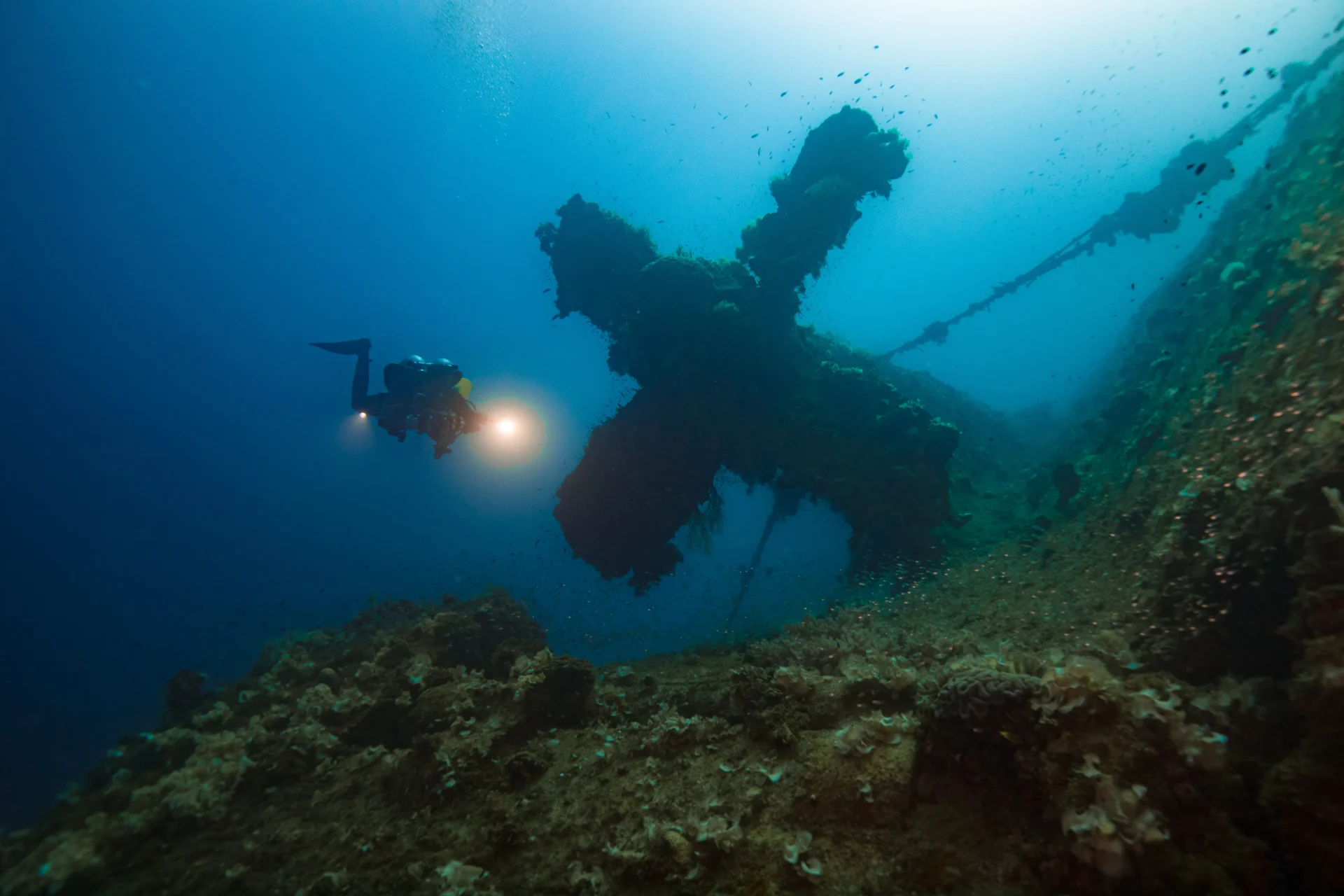
Threat
The FSM WWII Shipwreck Pollution Mitigation Project is a collaborative initiative.
Spearheaded by the Major Projects Foundation (MPF) in partnership with the Secretariat of the Pacific Regional Environment Programme (SPREP), Chuuk State Historic Preservation Office (HPO), and Chuuk Environmental Protection Agency (EPA). With initial funding provided by the Australian government, this project aims to address the environmental threat posed by WWII shipwrecks in Chuuk Lagoon, a site with significant historical and cultural value.
Objectives & Outcomes
The primary goal of the FSM WWII Shipwreck Pollution Mitigation Project is to mitigate the risk of oil spills from potentially polluting WWII shipwrecks in Chuuk Lagoon. This involves conducting comprehensive technical surveys to assess the condition of the top 20 high-risk wrecks.
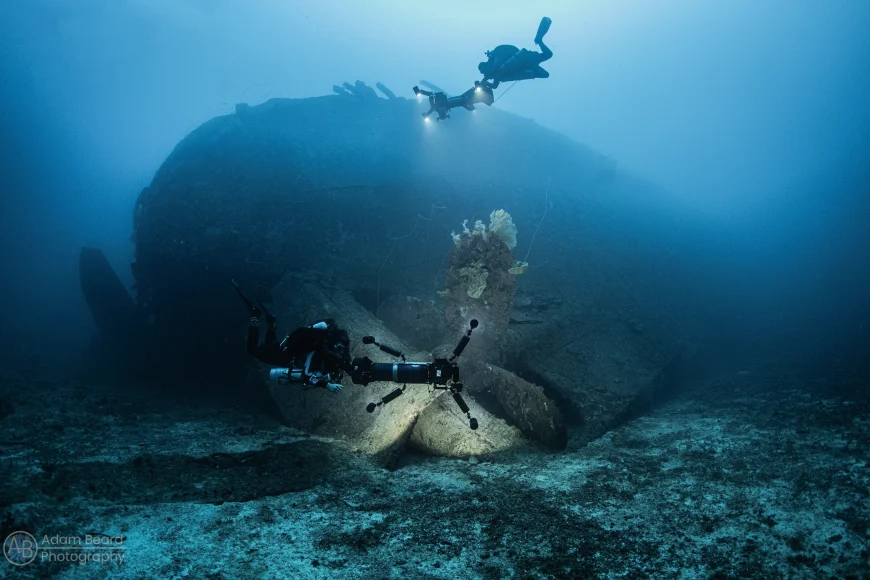
Technical Survey Completion
The project will complete the first-ever technical surveys of these wrecks by late 2024. These surveys will provide critical data on the structural integrity and pollution risk of each wreck, forming the basis for future remediation efforts.
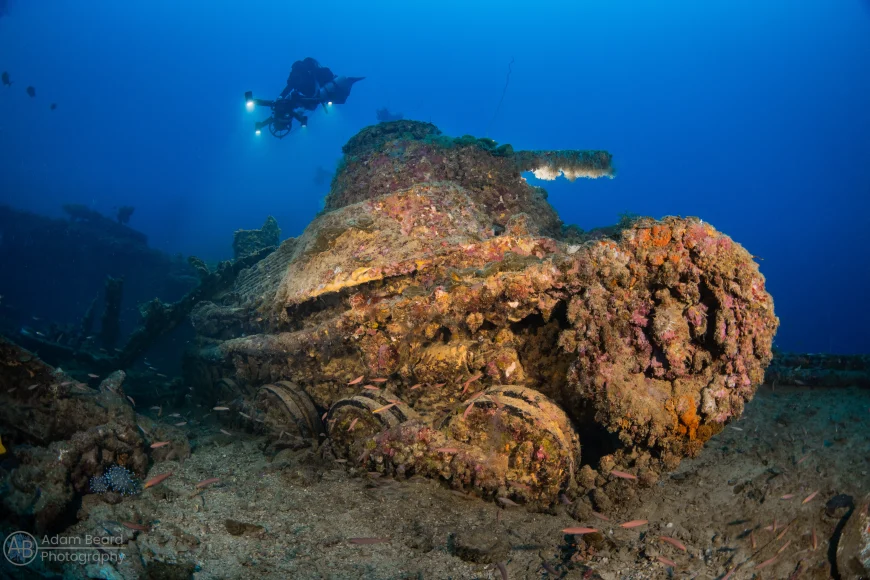
Prioritisation of Wrecks for Remediation
The data collected will enable the prioritisation of wrecks for remediation, ensuring that efforts are focused on the most immediate threats to the environment, livelihoods, and culture of the Chuukese people.
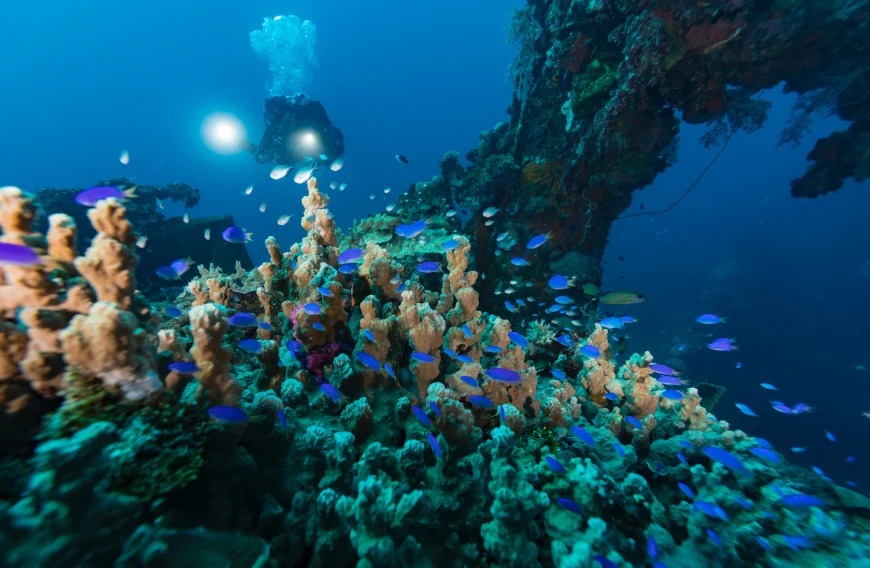
Capacity Building and Awareness
The project also aims to build local capacity for ongoing monitoring and mitigation, involving training and collaboration with local agencies. This will ensure that the Chuukese community can continue to protect their marine environment long after the project is completed.
Key Expedition Activities
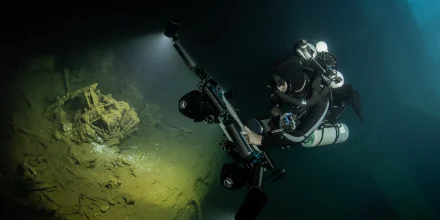
Teams from MPF and Inkfish and local agencies are conducting detailed technical surveys of the top 20 shipwrecks. These surveys use advanced sonar and diving techniques to evaluate the condition and pollution potential of each wreck.
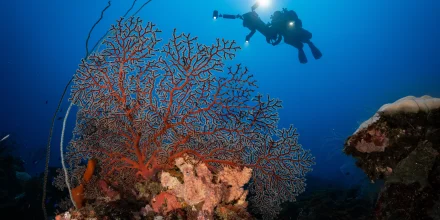
The project actively involves the Chuukese community, including local authorities and environmental groups. Ambassador Jenny Grant-Curnow highlighted the importance of these efforts, noting the significant impact on the Chuukese people whose lives and culture are closely tied to the ocean.
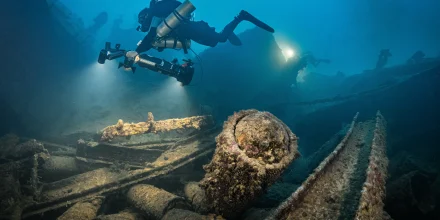
During the project’s implementation, the team also visited the Chuuk hyperbaric chambers, which have been operational for 20 years and have saved approximately 250 lives. This facility is crucial for the safety of divers working on the project and the broader community.
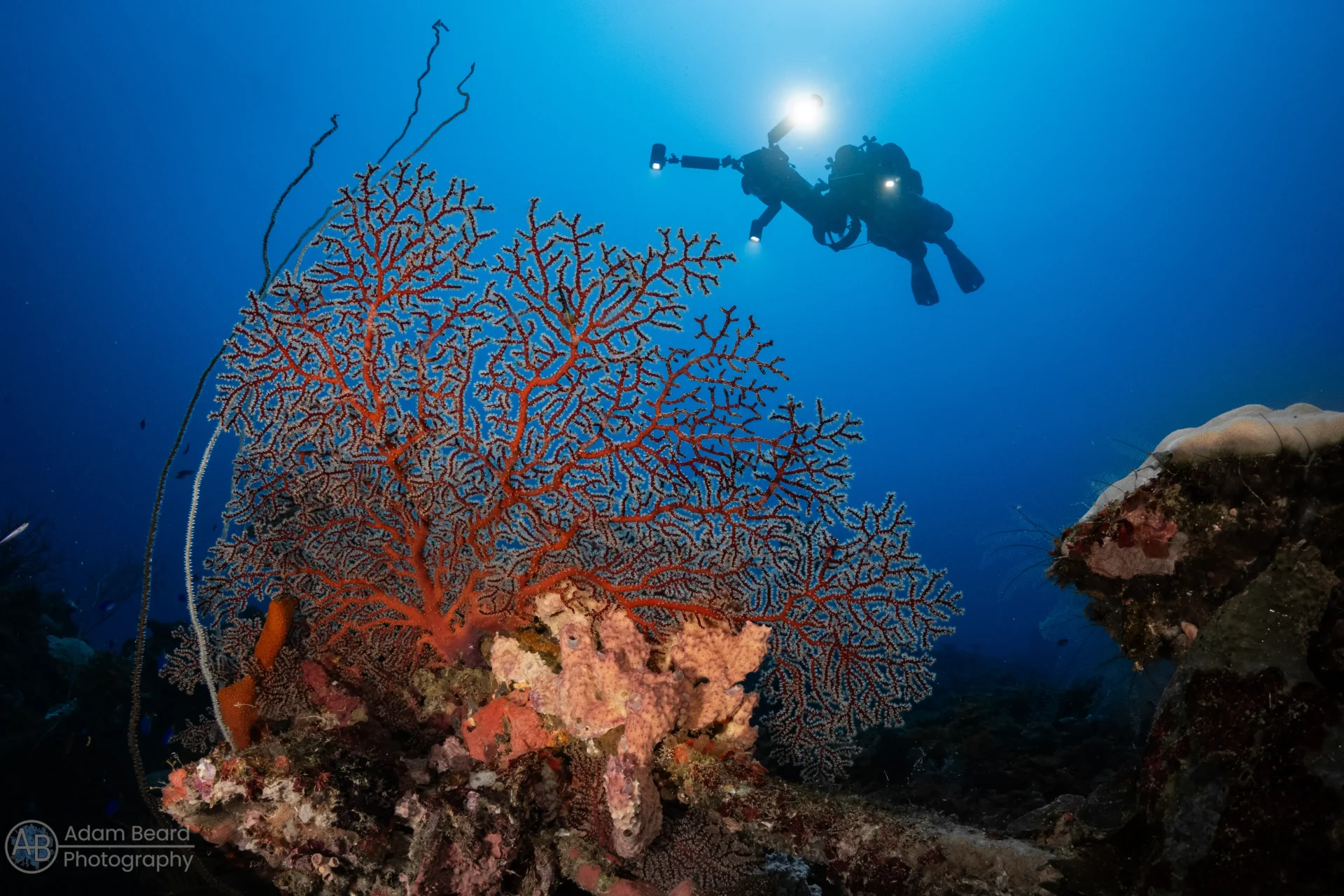
Future Directions
The successful completion of the FSM WWII Shipwreck Pollution Mitigation Project will lay the groundwork for future remediation and conservation efforts. The critical data gathered will inform targeted actions to mitigate pollution risks, protecting Chuuk Lagoon’s unique marine environment and cultural heritage.

